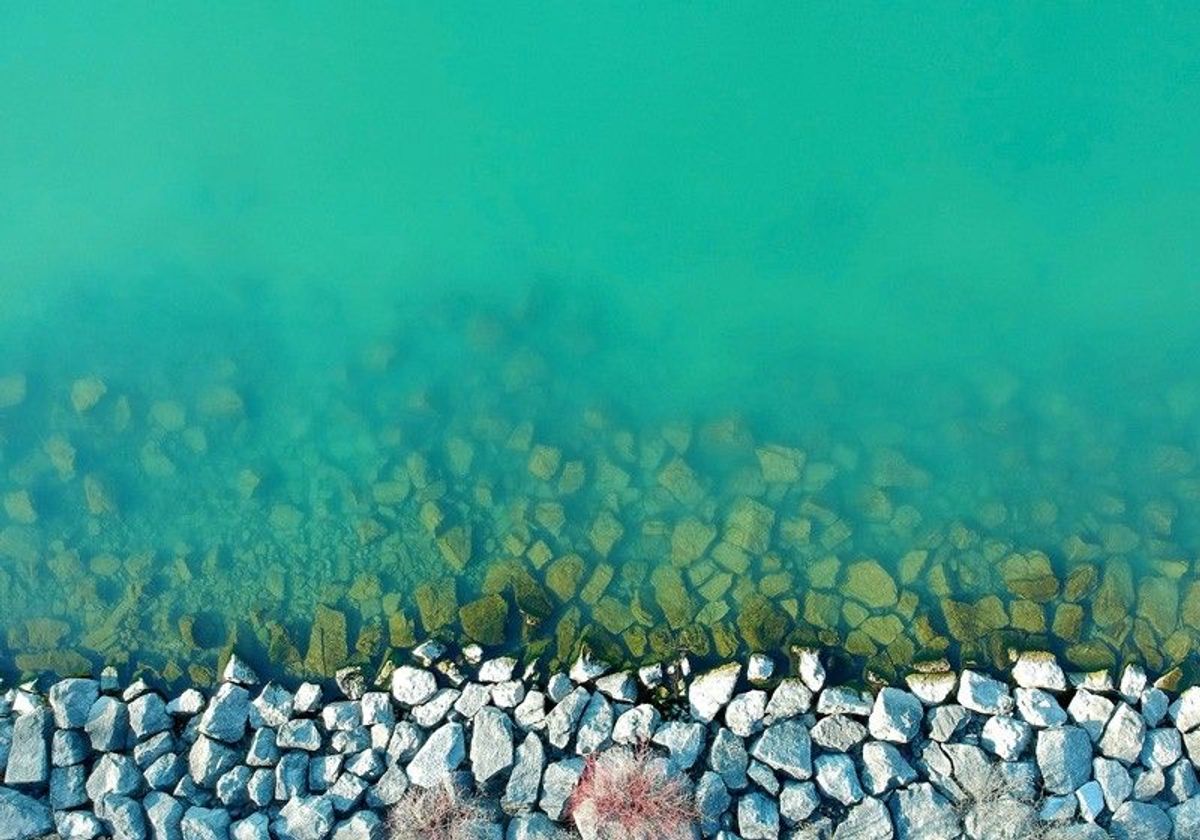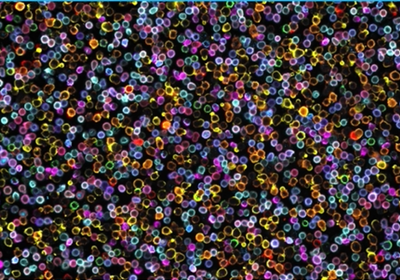The Nile Delta in northern Egypt—the 22,000 km2 area where the mouth of the Nile River meets the Mediterranean Sea—is one of the world’s most fertile agricultural regions, despite the surrounding desert landscape. The fertile soil of the delta developed over millions of years, as mineral and nutrient sediments accumulated over time.1 Slow moving parts of a river often exhibit a property of fluid dynamics called laminar flow, during which water flows in smooth layers with minimal mixing. As a result, substances previously suspended in faster moving water settle on the riverbed.2 It is no coincidence that slow moving water appears clear, whereas turbulent water looks muddy.
Cell Sedimentation in the Laboratory
In a crude approximation of natural sedimentation, scientists use centrifuges to separate and collect cells suspended in fluid for a wide range of research and medical applications. Originally designed in the 19th century to process dairy, centrifuges have since undergone extensive technological refinement.3 Nevertheless, they still rely on an outdated process of high-speed rotation to create a vortex of suspended cells that eventually settle on the bottom of a test tube, packing together tightly to form a pellet. This forced separation gets the job done, but traps unwanted debris in the cell pellet and requires researchers to perform a multi-step, manual process that is time-consuming and creates variability. Repeated aspiration and washing steps produce aerosols and—along with vigorous spinning—reduce cell viability and retention.
Go with the Flow: Taking the Spin Out of Cell Prep
Curiox’s Laminar WashTM technology, including HT2000, AUTO1000, and MINI systems, takes the stress out of centrifugation by mimicking the slow, gentle flow of a river. Laminar Wash uses an automated, controlled microfluidics system to create laminar flow of buffer over a sample of cells suspended in fluid-filled, multi-well dishes. A single sample is added to the wells and gravity causes the cells to collect on the bottom of each well through a process of passive settling. The cells are washed by continuous injection of clean buffer on one side of each well and gentle aspiration by a separate nozzle on the other, creating non-turbulent motion. As the clean buffer moves gently over the cell sample, smaller debris suspended closer to the surface is aspirated, leaving behind clean, loose collections of cells.
Laminar Wash technology eliminates the need for researchers to manually manipulate cells by repeated aspiration and washing, relying instead on the unique feature of surface tension created by hydrophobic-coated plastic wells to prevent aerosolization. By avoiding aggressive, active pelleting of cells through centrifugation, Laminar Wash improves cell viability and retention. The gentle, automated approach also saves time and reduces variability. Scientists use Laminar Wash’s interoperable technology to generate more robust, reproducible data and streamline workflows for a wide range of research techniques and applications, including single cell sequencing, flow cytometry, mass cytometry, multiplex immunoassays, immunophenotyping rare cells, HLA typing, vaccine development, and tumor sample standardization.
Overall, this new alternative to active cell pelleting helps researchers overcome the limitations of centrifugation using a gentle approach inspired by nature. The difference can be likened to collecting pebbles and sand from a turbulent river versus a slow-moving one. The former requires much effort and force, while the latter allows natural physical processes to provide a path of least resistance. And as is often the case in nature, minimal perturbance maximizes results.
References
- M. Fishar, “Nile Delta (Egypt),” in The Wetland Book, C. Finlayson, G. Milton, R. Prentice, N. Davidson, eds., Dordrecht: Springer, 2018, p. 1251-60.
- S. Earle, “Physical Geology – 2nd Edition,” Victoria, B.C.: BCcampus, 2019, Retrieved May 6, 2022, from https://opentextbc.ca/physicalgeology2ed/
- J. Buie, “Evolution of the Lab Centrifuge,” Lab Manager, 2010, Retrieved May 6, 2022, from https://www.labmanager.com/laboratory-technology/evolution-of-the-lab-centrifuge-19657







